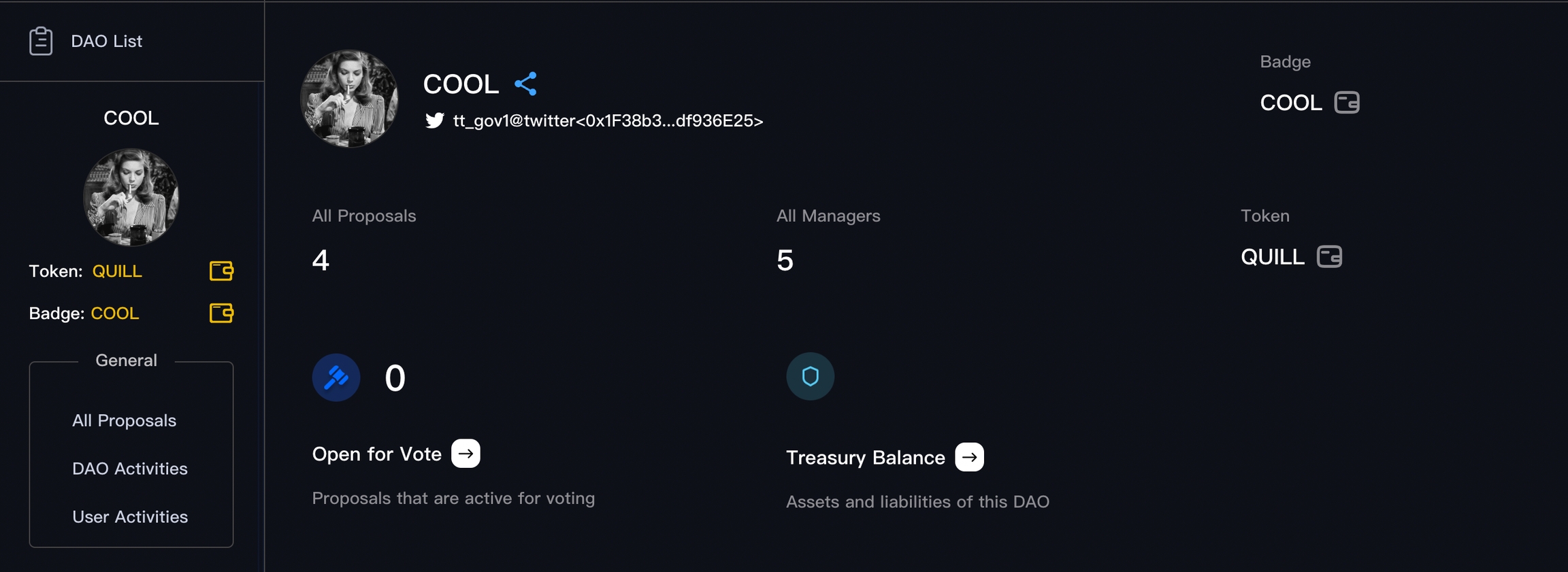Governance Token vs. Badge
Ink Finance's allows DAOs to balances the power between financial stakeholders (DAO token holders) and community contributors (Badge holders). Read this chapter before moving on to DAO creation.
A DAO can have two governance models:
1)With governance token
In this "stake-to-govern" model, everyone in a DAO must "have skin in the game" when they participate in governance - manage or vote. This model also raises the barrier against Sybil attack. In such a use case, the DAO creator must provide the DAO's native token as a governance tool.
However, Ink Finance also provides effective means of resisting whale attack. A sub DAO of a large ecosystem can set up its own Badge, and require that only holders of this badge can vote on its affairs. Such badges are usually earned or assigned, instead of bought.
When both a governance token and a badge are used as governance tools, the effective power in voting can be set by the DAO as a combination of the two. In the simplest scenario, a voter must hold at least one badge to enter voting, then the votes will be counted based on the user's staked governance tokens.
2)Without governance token
When there is no governance toke, meaning no stake-to-vote, then only Badge is used as governance tool, and the votes will be counted based on the number of badges in user's wallet.
3) Convert contribution value to Badges
Badges allow DAOs to put community value ahead of pure economic power. For DAOs that emphasize NFT or other content creation, the Badge serves as a converter of various User Generated Contents (UGC) to a uniformed measurement in governance. How to convert any kind of contribution into badge numbers can be flexibly determined by the DAO and its members. But once the conversion is done, everyone can agree on the uniformity.
After the badge holders enter the voting, the effectiveness of voting can be measured by either the combination of the pledged governance token and the badge numbers, or just the badge numbers. The specific relationship between the two is customizable.
Note:
If a DAO is created with Badge, the creator needs to distribute the badges to the community members before they can vote in this DAO. Badges represent the contribution profile of a member, and therefore should not be transferrable, once they are assigned to members.
Last updated
